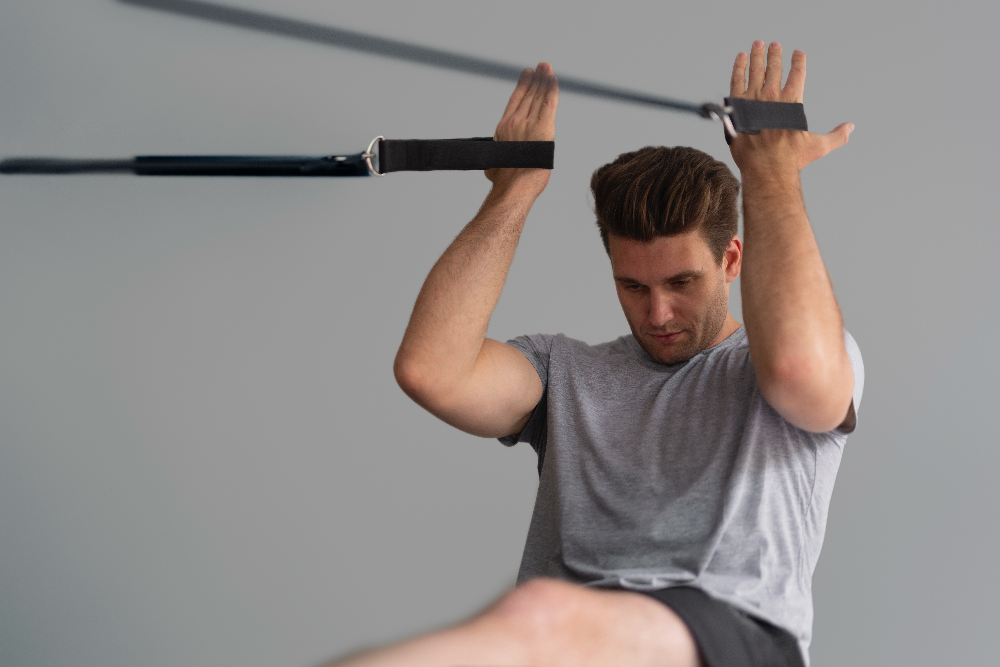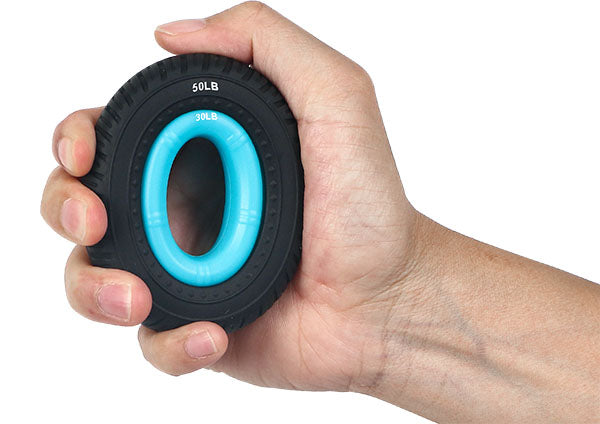Handexer Blogs
Grip Strength and Hand Health
How to Build a Daily Hand Exercise Routine for Better Grip Strength
The Power Behind Every Swing: Why Grip Strength Matters in Golf
How Grip Strength Predicts Osteoporosis Risk
Grip Training Tips for Rock Climbers and Bouldering Beginners
7 Common Hand Grip Trainer Mistakes and How to Avoid Them
Hand Grip Exercise Benefits for Health and Performance
This article aims to shed light on the "hand grip exercise benefits" and why they deserve a place in everyone's fitness routine.
Hand Grip Training: Building Strength from Fingers to Forearms
Boost your strength and performance with hand grip training. Learn key exercises to improve grip, prevent injuries, and enhance daily function.
Hand Grip Maneuver: An Insight into Its Clinical Implications
The hand grip maneuver, though seemingly straightforward, is a testament to how simple actions can provide profound insights into our cardiovascular health.
Hand Grip Strength Test: Assess and Understand Your Grip
Discover what the hand grip strength test is, how it’s performed, and why it matters. Learn how grip strength reflects overall health, athletic performance, and recovery progress.









